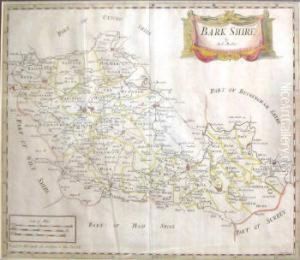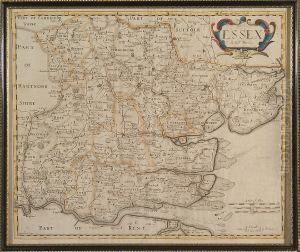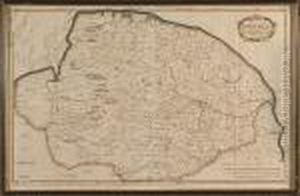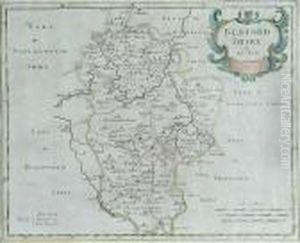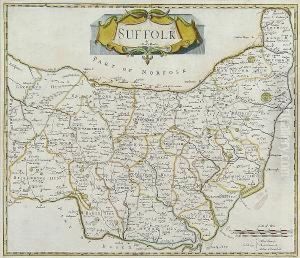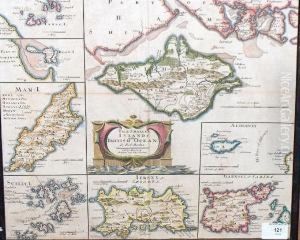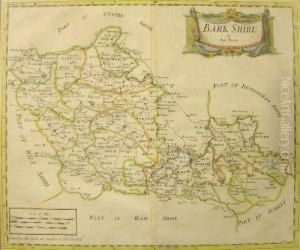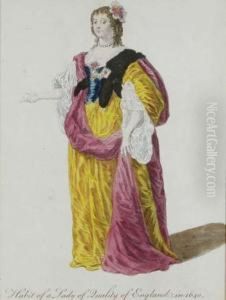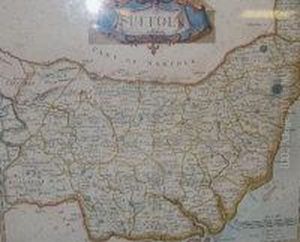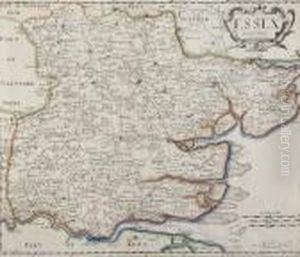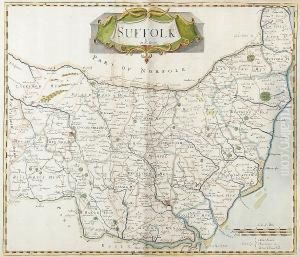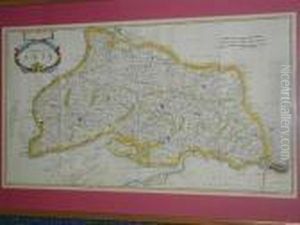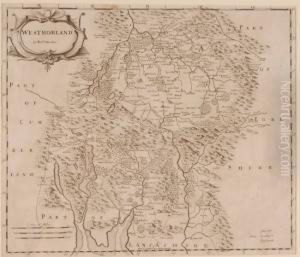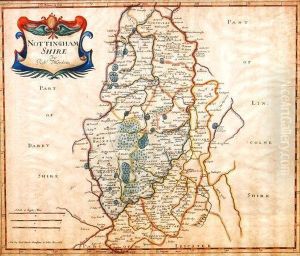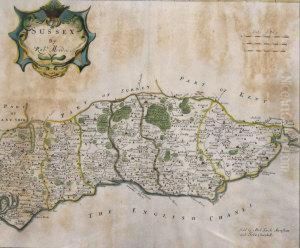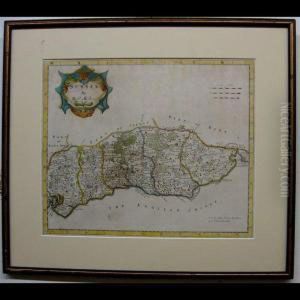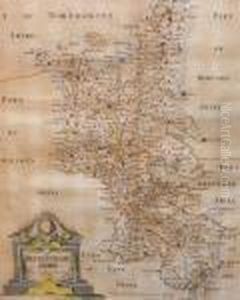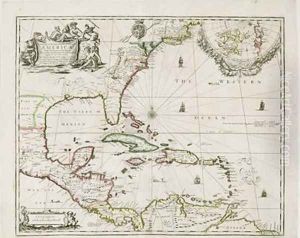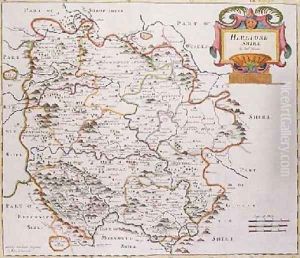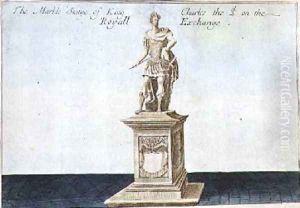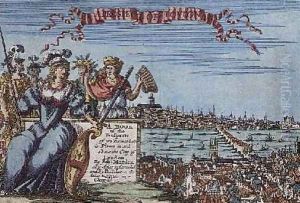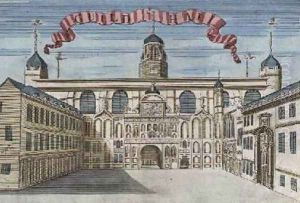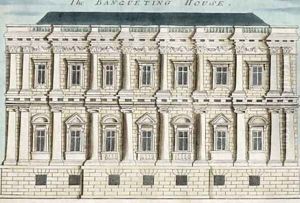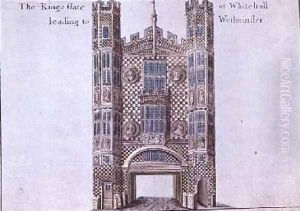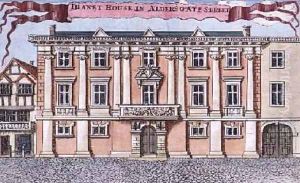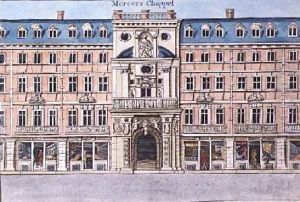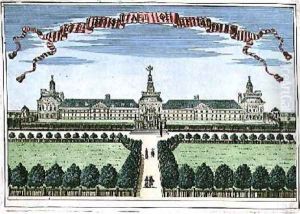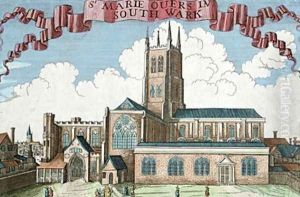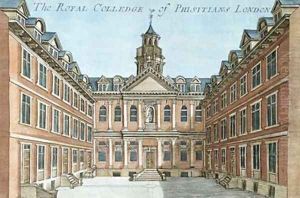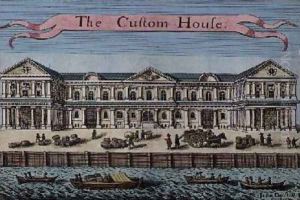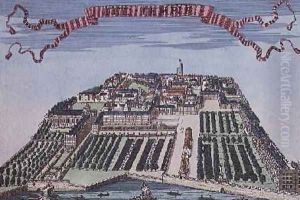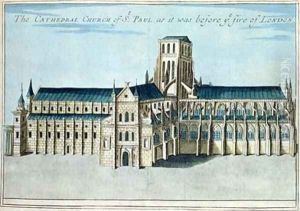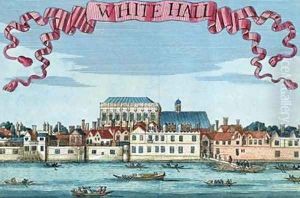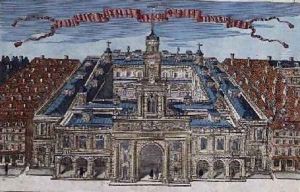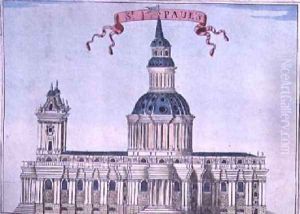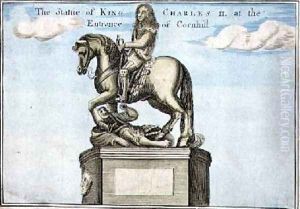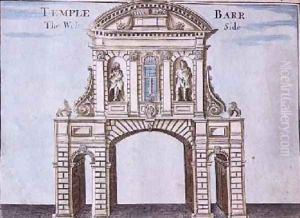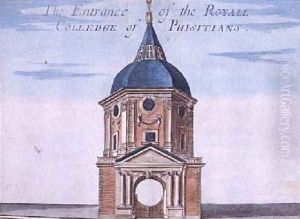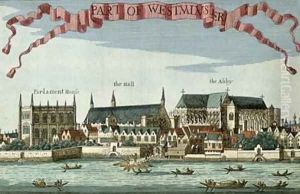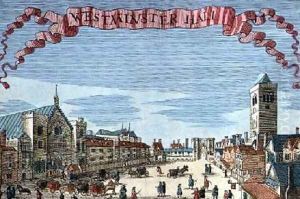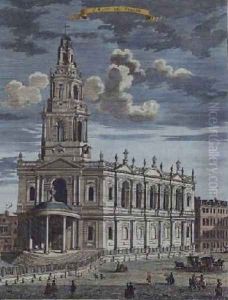Robert Morden Paintings
Robert Morden was an English publisher, bookseller, and mapmaker during the late 17th century, a period that was marked by significant developments in cartography and a growing public interest in geography. Born around 1650, Morden's contributions to the field of cartography were considerable, especially at a time when England was expanding its colonial reach and there was a burgeoning need for accurate geographical knowledge. He is often remembered for his detailed county maps of England, which were among the most accurate of their time.
Morden's work extended beyond just maps. He was also involved in the publication of atlases, geography books, and globes, making substantial contributions to the dissemination of geographical knowledge. His shop in Cornhill, London, became a hub for the sale of maps and atlases. One of his most notable works is the atlas 'The New Description and State of England,' which contained detailed maps of the English counties along with historical and contemporary descriptions.
Unlike many of his contemporaries, Morden's maps were distinguished by their attempts at scientific accuracy. He often relied on the latest available surveys and measurements, incorporating them into his work to ensure that his maps were up to date. This commitment to accuracy made his maps a valuable resource for both the public and the burgeoning scientific community of the time.
Morden is also known for his collaboration with other mapmakers and publishers, most notably Philip Lea and Christopher Browne. Together, they contributed to the evolving landscape of 17th-century cartography, which was moving towards more scientifically accurate and detailed representations of geography.
Robert Morden died in 1703, leaving behind a legacy as one of the leading figures in English cartography. His work continued to influence the field long after his death, with his maps being reissued and adapted by subsequent generations of mapmakers. Morden's dedication to accuracy and detail not only marked a significant advancement in the cartographic methods of his time but also laid the groundwork for future developments in the field.
